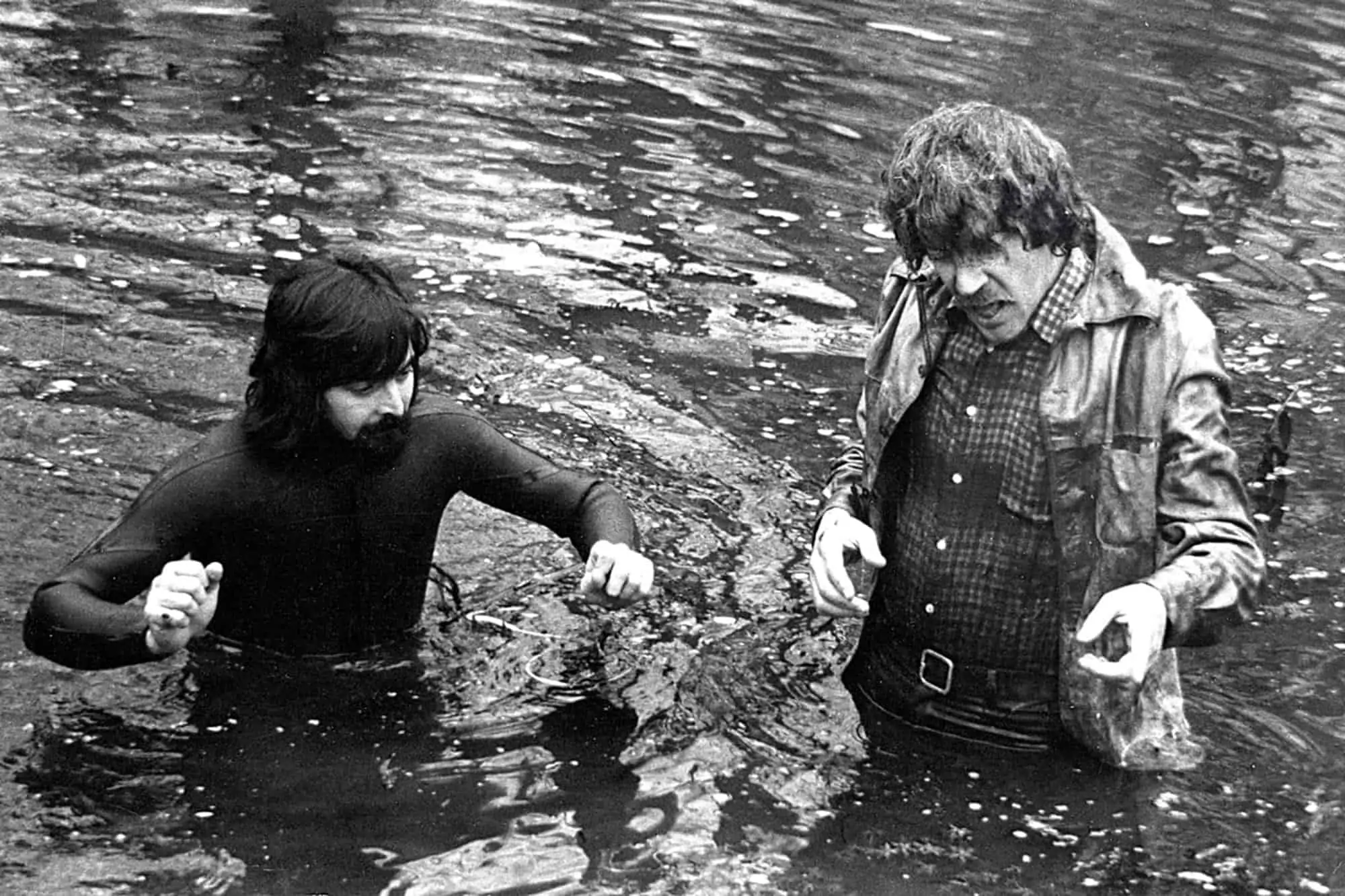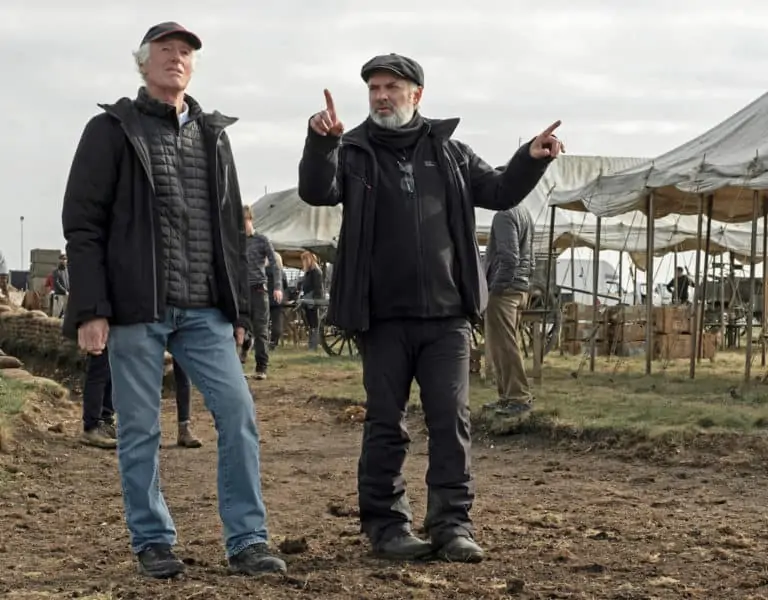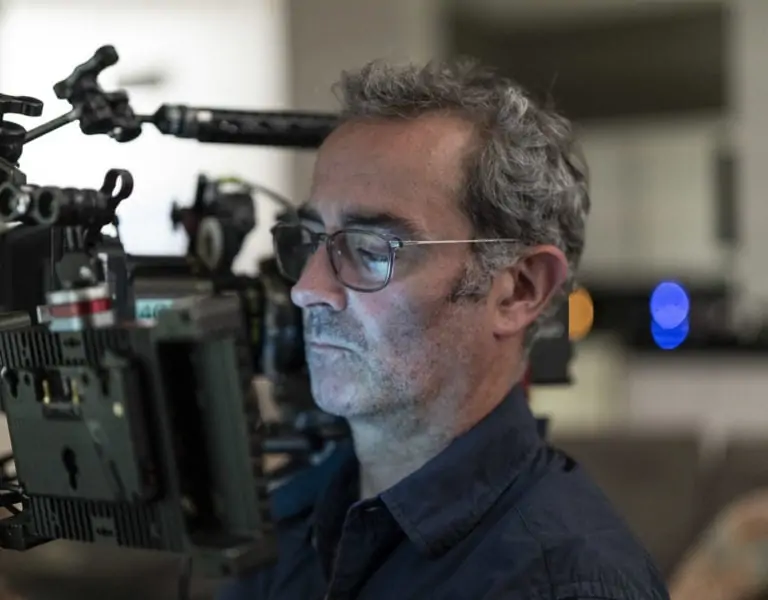4K and HDR Restoration
Tony Richmond BSC ASC / Don't Look Now

4K and HDR Restoration
Tony Richmond BSC ASC / Don't Look Now
BY: Kevin Hilton
A prolific and versatile figure in cinematography, Tony Richmond is known for his association with director Nicolas Roeg, whose science fiction allegory The Man Who Fell to Earth has been restored in 4k and HDR. Richmond talks to Kevin Hilton about the grading processing, working with Roeg and why cinematographers should always be involved in restorations.
The trend for reissuing classic films from the last 40 or 50 years in 4k and HDR has raised the profiles of the cinematographers who shot the pictures in the first place. This is not only in highlighting their original work but also the part they played in the restoration process. A director of photography who has seen several of his past credits restored in recent yeas is Anthony Richmond, who was most recently back in the colour grading suite for the new version of Nicolas Roeg's psychological thriller Don't Look Now (1973).
This follows 4k reissues of another Roeg film, The Man Who Fell to Earth (1976), Jean-Luc Godard's Rolling Stones documentary Sympathy for the Devil (1968) - which Richmond refers to by its original title, One Plus One - and the cult horror film, Candyman (1992). While these were restored at Deluxe, Don't Look Now was re-graded for 4k and HDR at Silver Salt Restoration in west London by Stephen Bearman.

Richmond feels it is absolutely necessary for the DP to be involved in the grading process for any new version of a film: "It is really important to have the cinematographer there for the colour correction. I was never happy with previous versions of The Man Who Fell to Earth and Don't Look Now, partly because they crushed the blacks. The thing with restoration is to bring the image back to what the original print looked like."
On this occasion, he says, this was done on a shot-by-shot basis without the use of power windows. The additional advantage was that Richmond had very clear recall of what had been done on set and location. "I remember shooting the movie like it was yesterday," he says, "so I knew it shot-by-shot." Don't Look Now was processed in BT.709, HDR and Dolby Vision from DCP (Digital Cinema Package) files.
Tony Richmond grew up in London with a love of films, which he pursued after leaving school by getting a job with Pathe News. Rising from messenger boy to newsreel cutter, he later moved on to be a clapper loader at Danziger Studios before going freelance. Among early experiences were From Russia With Love (1963) and Doctor Zhivago (1965). He cites his break as coming through director John Schlesinger's Far From the Madding Crowd, on which he got his first focus puller credit in 1967.
That same year saw the release of the documentary short A Cathedral in Our Time, which saw him in the role of director of photography. This was followed by Basil Dearden's Only When I Larf (1968) and the record of The Beatles' last performance together, Let It Be (1969). Perhaps most significant in Richmond's early credits was Judith (1966), on which he met Nicolas Roeg, who was directing second unit.
Roeg later asked Richmond to shoot second unit for his first solo directing project, Walkabout (1972). Richmond then received a call from Roeg to be DP on what would become Don't Look Now, although he did not give too much away at the time. "Nic always kept things very close to his chest and I didn't know what was happening until it happened," Richmond says. "He was a good friend and he told me exactly how he wanted the movie to feel."

Although Roeg had started building his reputation in cinema by being a cinematographer before moving into direction, Richmond comments that this did not have any impact on his work. "Whether he had been a cinematographer or not, it was my job to put his - or any director's - vision on screen," he says. "Don't Look Now involved some trepidation but Nic made it easy for me. It's all in the preparation and one thing that stuck in my mind from that was not to be frightened."
This turned out to be a good approach because the location shoots in Venice were not the easiest for the crew. "It was desolate," Richmond recalls. "Because it was winter the nights were black due to there being no street lights. Nic loved using zooms - such as 25 to 250mm - which are very difficult to use at night. But I had his backing and was left alone to get on with things most of time. He was very easy to work with as a director."
Richmond went on to make two more films with Roeg; The Man Who Fell to Earth (1976) and Bad Timing (1980). He speaks highly of both but calls the first "a great movie", partly because of the casting and performance of David Bowie in the title part. "I don't think there's anyone else then or now who could have played that role," Richmond comments. "Nic saw him in the documentary Cracked Actor and he was a bit like an alien. Some days Bowie was barely pulling it together because he was coming off coke, which you could see through the lens."
"It is really important to have the cinematographer there for the colour correction. I was never happy with previous versions of The Man Who Fell to Earth and Don't Look Now, partly because they crushed the blacks. The thing with restoration is to bring the image back to what the original print looked like."
- Anthony Richmond BSC ASC
With later work seeing a mix of dramas, documentaries - including another look at the Rolling Stones - and TV movies, Richmond has continued to be a busy and prolific cinematographer. He says that these days he is "fully digital" and sees HDR as becoming standard. "I love the ARRI Alexa and am very partial to the Sony VENICE," he comments. "Big LED lights are making a difference. They don't draw too much power and make getting good exposure on close zooms at lot easier."
As well as continuing to shoot features, Richmond also teaches, holding the chair of the Cinematography Department at the New York Film Academy in Los Angeles. "I try to do as much in camera as possible and I pass that on to my students," he says. "So much can be done in post these days but it is expensive so it is best to do things in camera if you can. And get a good DIT. The School gives me time off when I get cinematographer jobs and I have been asked to shoot an indie, which would be incredible for me and could be the last movie I make."





